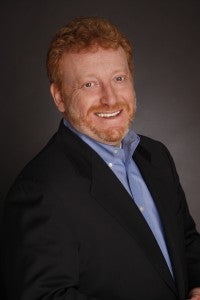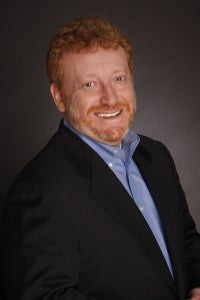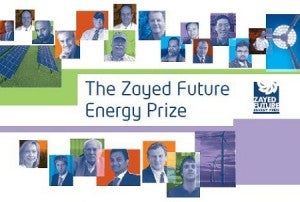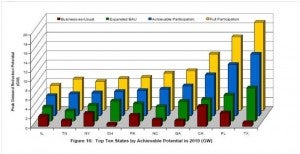Around the country, states are taking a serious look at their regulations to manage shale gas development. New York has the potential to be a leader among these states. Environmental Defense Fund (EDF) believes that strong regulations and aggressive enforcement is critical to protecting public health and the environment from high-volume hydraulic fracturing and other hydrocarbon extraction activities in New York State. To that end, we have submitted detailed comments on the New York State Department of Environmental Conservation (NYSDEC)’s proposed rules and permitting conditions for hydraulic fracturing. The NYSDEC can put New York at the forefront of safe and clean shale gas development by implementing our suggestions in several critical areas:
1) Chemical Disclosure: Full public disclosure is rapidly becoming the industry norm across the country, but the proposed NYSDEC disclosure rules for chemicals used in the hydraulic fracturing process only covers chemicals with Material Safety Data Sheets (MSDS), thus failing to capture perhaps half or more of the chemicals used. This is especially problematic because MSDS only explore hazards in occupational settings and do not consider implications for public health or the environment. Further, the proposed rule only requires disclosure of additive products proposed to be used in hydraulic fracturing, as opposed to the chemicals actually used during the hydraulic fracturing process. EDF feels strongly that operators should disclose all hydraulic fracturing chemicals used on a well-by-well basis, posted on a searchable, publically accessible website.
2) Well Construction: Properly constructed, tested and maintained wells are critical to protecting New York’s precious groundwater and surface water aquifers from contamination by drilling fluid, wastewater and natural gas seepage. The proposed well construction regulations and permitting conditions need improvement to meet industry best practice standards. Furthermore, some of the proposed rules represent potential safety hazards for well pad workers. A model regulatory framework EDF, and others, are developing could be used to greatly improve NYDEC’s proposed well construction regulations.
3) GHG Emissions/Methane Leakage: EDF is a leading advocate of strict standards on limiting methane emissions from natural gas production. Methane is a pernicious greenhouse gas, many more times more powerful than carbon dioxide. To reduce the peak warming and improve air quality, it is critical to minimize the amount of methane vented or flared at the production site or leaked during storage and transmission. We strongly urge the NYSDEC to impose specific Green Completion and other emission-reducing requirements on operators, and to formulate hard emissions targets that provide incentives for operators to reduce methane leakage even further.
4) Wastewater: Hydraulic fracturing produces huge volumes of potentially toxic and radioactive wastewater. New York recognizes this problem but does not seriously address the lack of capacity for processing or safely storing hydraulic fracturing waste materials within the state. Current technology does not allow for safe, cost-effective purification of hydraulic fracturing wastewater at treatment centers for re-introduction into the water system, and should be banned. Insofar as it appears that the final disposition of the bulk of the wastewater produced in New York will be trucked out of state to deep injection wells, the proposed regulations and permitting conditions must grapple with this expensive and perhaps unsustainable practice. Finally, since wastewater recycling will likely be the dominant treatment option undertaken by shale gas operators in New York, this practice needs to be more thoughtfully and transparently regulated.
5) Phase-in: Even with the best rules on the books, it will take time to hire and train the necessary staff to implement and enforce the rules properly. New York is essentially building a regulatory program from scratch. EDF believes the NYSDEC should learn how to walk before it can run. Our suggestion is that New York phase in the regulatory program region by region. In this way, the state can be sure that the pace of drilling activity will not outpace its ability to adequately administer the regulations. So, too, this phase-in approach will allow the state to acquire valuable experience in step-wise fashion. The key is not doing it quickly, but doing it correctly.
 These and other adjustments to the proposed rules and permitting conditions are necessary to protect public health and the environment in New York. Shale gas extraction can be made safe through strong regulations and aggressive enforcement to protect communities. EDF is committed to working with the NYSDEC on these issues to produce the most responsible hydraulic fracturing regulatory framework in the nation.
These and other adjustments to the proposed rules and permitting conditions are necessary to protect public health and the environment in New York. Shale gas extraction can be made safe through strong regulations and aggressive enforcement to protect communities. EDF is committed to working with the NYSDEC on these issues to produce the most responsible hydraulic fracturing regulatory framework in the nation.
EDF’s full comments on New York’s hydraulic fracturing regulations are available here.
















